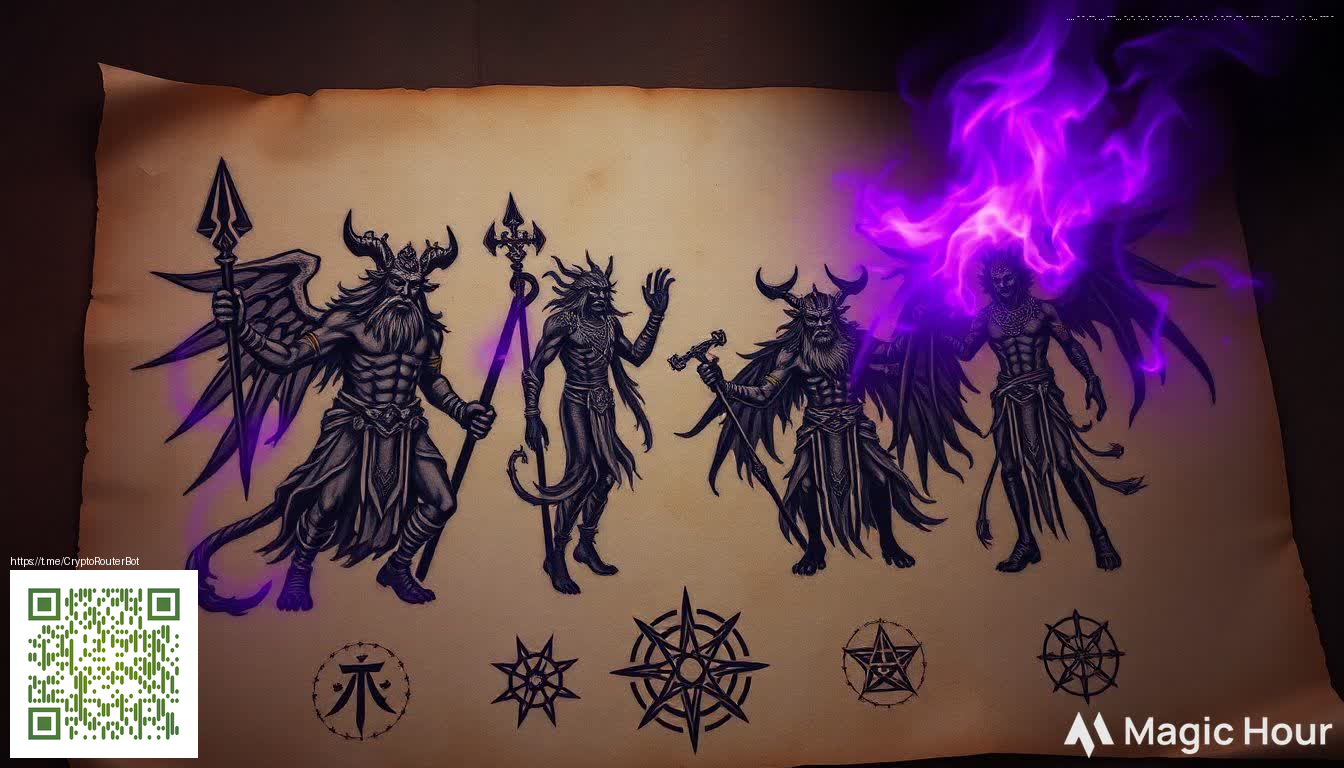Understanding the DAO Gaming Movement and Why It Matters
The rise of blockchain-enabled play-to-earn experiences has moved beyond flashy gimmicks and clever tokenomics. At the core, DAO-driven gaming shifts ownership and governance from a single studio to a community of players, developers, and investors who pool resources, propose improvements, and vote on the future of the game. This model invites players to become co-architects—deciding which features get funded, which assets have true on-chain provenance, and how new gameplay layers are integrated into the evolving universe.
“When governance is in the hands of players, development mirrors the needs of the community rather than a single roadmap. That alignment often yields more resilient ecosystems and long-term engagement.”
In practice, top DAO gaming projects emphasize clear governance processes, transparent finances, and assets that can be owned, traded, and reused across experiences. The most successful ecosystems don’t rely on a single banner project; they cultivate a network of guilds, councils, and cross-game collaborations that keep the ecosystem vibrant even as external conditions shift.
What defines a top DAO gaming project?
- Open governance framework: Proposals, voting, and milestones are openly documented, with community members able to participate regardless of initial investment.
- Sustainable treasury management: A transparent pool of funds that funds development, events, and incentives, with regular audits and public dashboards.
- Player-owned assets: NFTs, land, or items that players actually own, trade, or lease, enabling a thriving on-chain economy.
- Clear tokenomics and incentives: Rewards that align long-term involvement with responsible growth, avoiding boom-bust cycles.
- Accessible onboarding: Tools and tutorials that help new players participate in governance and asset ownership without steep learning curves.
- Interoperability across experiences: Assets and governance rights that carry value beyond a single game, encouraging cross-game participation.
- Transparent progress and impact: Public roadmaps, on-chain milestones, and visible indicators of what proposals achieved and what’s in motion.
Patterns that top projects tend to share
- Guild councils and steering committees: Delegated bodies that represent diverse stakeholder groups, reduce gridlock, and translate broad community feedback into actionable plans.
- Treasury-backed development: Proposals funded by a community treasury, with quarterly reporting and performance metrics tied to real in-game outcomes.
- Asset-centric economies: NFTs and commodities that confer meaningful utility, optionality, or governance rights, strengthening long-term demand.
- Play-to-own mechanics: Revenue-sharing models where players receive ongoing benefits from the ecosystem’s growth, not just one-time rewards.
- Cross-title collaboration: Shared assets, governance tokens, or governance mechanisms that unlock value across multiple games within the same ecosystem.
For players who want to optimize their setup for long sessions—where decision-making, strategic planning, and community chats often collide—equipment quality matters. Consider a well-made desk setup to sustain attention during governance debates and in-game events. The Rectangular Gaming Mouse Pad Personalized Desk Mat 1.58 mm can be a simple upgrade that improves precision and comfort during extended play and discussions. It’s a practical example of how a thoughtful physical setup complements the digital experience of DAO governance.
As you explore these ecosystems, it’s hard not to notice the rising emphasis on community-led innovation. In many projects, members aren’t just voting on cosmetic changes; they’re funding core features, shaping combat rules, and even assigning roles for moderation and quality assurance. This participatory model helps mitigate developer fatigue and ensures updates feel earned by the community rather than imposed by a single team. For readers seeking more context on how these patterns play out in real projects, the detailed write-up at https://cryptoacolytes.zero-static.xyz/433e197c.html offers a deeper dive into governance dynamics and case studies.
From an investor’s perspective, the most compelling DAO gaming projects demonstrate a balance between ambition and accountability. They publish transparent budgeting, track governance outcomes against promised milestones, and maintain open channels for feedback. The result is an ecosystem that feels collaborative and responsible, even as it grows in scope and complexity. For developers, the challenge is to design governance mechanisms that evolve with the game, avoiding rigid systems that stifle creativity while preserving clear accountability and fair participation.
Practical takeaways for players and builders
- Get involved early: Join guilds, attend live governance sessions, and test governance tools in a low-stakes environment.
